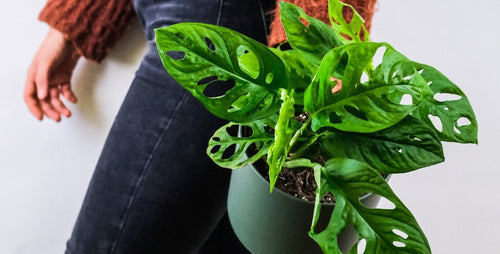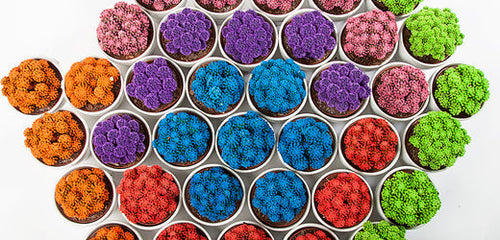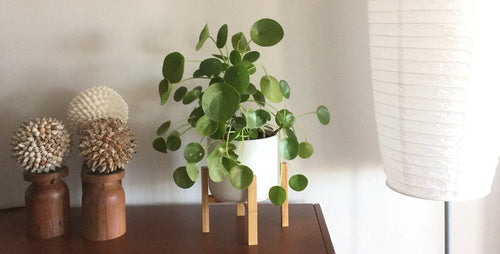 You like a snack now and then, right? Well, so do your houseplants. Houseplants don’t need much to look awesome: the right light, the right amount of water, and occasional feeding. Feeding means fertilizer and there are several ways you can do this.
You like a snack now and then, right? Well, so do your houseplants. Houseplants don’t need much to look awesome: the right light, the right amount of water, and occasional feeding. Feeding means fertilizer and there are several ways you can do this.
Feed by season
Houseplants respond to the change in seasons just like your outdoor plants do. As the daylight lengthens in spring, you may notice that your plants produce new growth. Or they flower. When this happens, it’s an ideal time to feed your houseplants. Spring and summer are the best time to fertilize houseplants.
How to feed
There are two easy ways to fertilize houseplants. You can use a granular, slow-release fertilizer scratched into the top of the soil. Or you can apply liquid houseplant fertilizer when you water.
How often?
Generally speaking, you can feed most houseplants during Spring and Summer with a houseplant fertilizer. Some houseplants, such as orchids, are heavier feeders and can be fertilized more often.
More is not better
If you over fertilize your plants, they can react adversely. If you feed too much, it may stunt the growth of your plant because salts in fertilizers can build up and burn the roots which will limit the plant’s ability to take in moisture. Or just the opposite may happen; your plant may grow an excessive amount of leaves, but if a flowering species, it may not put on blooms. And in some species, over feeding may cause discoloration at the edges of the leaves.
Always follow the fertilizer instructions
In order for your plant to get the most good from feeding, following the fertilizer manufacturer instructions exactly.
Stop fertilizing in winter
Some people feed their plants consistently throughout the year. But houseplants often slow or stop putting on growth in winter, so it’s time to give their feeding a rest too. Pick back up in spring.
For more information
Written by Karen Weir-Jimerson

















